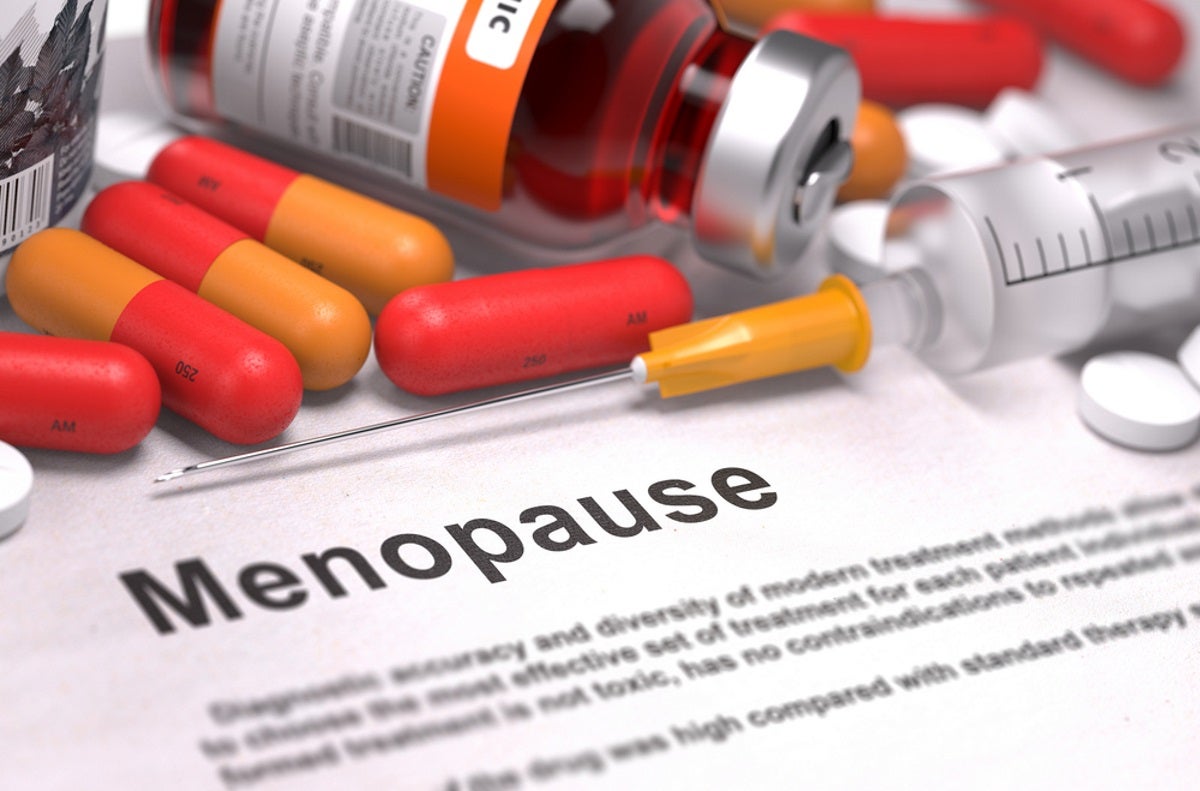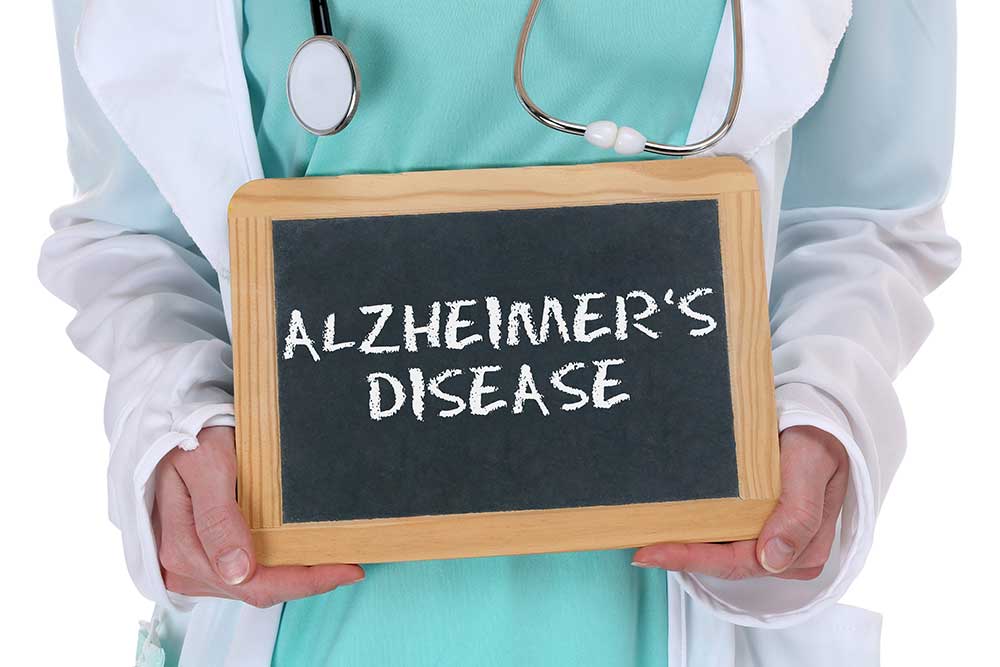Treating Menopause is not “One Size Fits All” as There are Many Options Available
Hormone therapy is a tangled mess of risks, benefits, and side effects that even doctors have difficulty unraveling.
For men, middle age brings the promise of little blue pills and little clear gel packs—Viagra and testosterone to combat the indignities of aging. For women, when things get hot, complicated, and fuzzy, turning to hormones for relief is a trickier proposition.
“It’s like my brain is on spin,” says Kathy Kelley, the founder of the websiteHyster Sisters, which offers resources for women going through hysterectomy and early menopause.
Kelley had her uterus and ovaries removed when she was 41, and though she took estrogen to replace the hormones her ovaries used to produce, she says she felt an almost immediate change, a sort of brain fog. Among the community of users on her site, the stories were worse for those who decided to go off their hormones.
“We’ve seen it create some devastating effects for women [who are] afraid of taking hormone therapy when that’s exactly what they need,” says Kelley.
Menopause is the term for the end of a woman’s menstrual cycle, which occurs on average at age 51. In the years leading up to and after menopause, a whole host of symptoms can crop up as a consequence of the slowing flow of hormones (less than 30 picograms per milliliter of the hormone estradiol in the blood usually indicates a woman is postmenopausal, according to the U.S. National Library of Medicine). Symptoms include hot flashes, insomnia, memory problems, anxiety or depression, and weight gain. Replacement hormones can ease those symptoms, but the choice to use hormone therapy is not that simple. There are compelling reasons why women might not want to take hormones including a greater risk for stroke and breast cancer. And, given the dubious history of treating menopause, it’s not surprising confusion still reigns.
If a woman were lucky enough to live to middle age in the previous centuries, she really wouldn’t want to try any of the then-available treatments for menopause. Prior to the 18th century, physicians thought that menstruation was a way to rid the body of toxins. To that end, menopause treatments meant attempting to restart the flow of blood, using leeches on genitals or other forms of bloodletting.
The symptoms of menopause were only recognized and named in the 1800s. By the early 1900s, crude experiments attempting to relieve the symptoms included transplantation of ovarian tissue into a uterine cavity and the sale of ovarian extracts or desiccated tissue for ingestion. Scientists were starting to understand that there was some important substance in the ovaries, but it took another 30 years to develop estrogen pills.
The basic conclusion still stands: It’s not advisable to use hormones to prevent chronic disease.
In 1941, the development of the first inexpensive hormone pill, called “premarin” (made from urine extracted from pregnant mares), set the stage for modern hormone therapy. But it has not been without its risks. In the 1970s, studies showed a link between estrogen therapy and increased risk for endometrial cancer.
After a drop in hormone use (and subsequent drop in endometrial-cancer cases) hormone therapy found a new popularity with addition of the hormone progesterone, which thins the lining of the endometrium and is thought to counteract estrogen’s effect on endometrial cancer risk. Prescriptions for hormone therapy peaked in 1999 at 90 million.
Then came the results of the Women’s Health Initiative, a multi-year study on long-term use of hormones to prevent chronic diseases such as cognitive decline or cardiovascular disease. One trial ended early in 2002 after it was found that the combination progesterone and estrogen therapy caused an increased risk for invasive breast cancer. The second trial, which examined the use of estrogen on its own, ended early in 2004 because it found an increased risk for stroke, despite the estrogen being linked to lower risk for coronary heart disease. The results offered a complicated intersection of risks and benefits that were difficult to interpret. For instance, while progesterone plus estrogen was found to increase risk for invasive breast cancer, it also lowered risk for endometrial cancer. Another complicating factor is that the risks changed as people aged. Only 10 percent of the participants in the WHI study were younger than 55. The younger the woman, the less risk involved in taking hormone therapy (depending on their personal history). Likely because of this confusion, the results were misinterpreted when applied to menopausal symptom management, says JoAnn Manson, a professor at Harvard Medical School and one of the principal investigators for the WHI.
The goal of the WHI trial was to assess the balance of benefits and risks when hormone therapy is used for chronic-disease prevention in postmenopausal women, says Manson. Researchers were studying if long-term use of hormones after menopause would help cut risks for cardiovascular disease, cognitive decline, hip fractures, different cancers, and diabetes. The trial did not evaluate use of hormones for hot flashes, which tend to occur in the early stages of menopause. For younger women (late 40s, early 50s) going through early stages of menopause and using hormones to treat hot flashes, the risks for stroke, blood clots, and cancer are lower compared to someone using hormones over decades as they age into their 60s and 70s.
The misinterpretation of the findings “led to many women mistakenly being denied treatment for their hot flashes and night sweats,” says Manson.
The threat of cancer and stroke is scary, scarier than hot flashes. The WHI sent many women back to “natural” remedies—not leeches but cold wash cloths, flax seed, herbs, and untested “natural” sources of hormones like soy, black cohash, and yams (a precursor to progesterone was originally isolated from Mexican yams). Use of hormone pills plummeted from almost 20 percent of women 50 and older in 2000 to 5 percent in 2009.
The basic conclusion of the WHI still stands: It’s not advisable to use hormones to prevent chronic disease. There are cancer and cardiovascular risks that come along with hormone treatment for postmenopausal women, depending on their health and family history and the dose and combination of hormones. But that doesn’t mean women shouldn’t use hormones for early symptoms of menopause. That message still needs to get out, according to Manson.
The choice to do hormone therapy is not just about taking estrogen or nothing.
There are many women who are suffering with significant hot flashes, night sweats, difficulty sleeping, distressing menopausal symptoms and are not able to find clinicians knowledgeable enough about menopause management to treat them, she adds.
Kelley puts it more bluntly. Women threw away their estrogen after WHI, she says. “Fifteen years later, they’re still afraid.”
But if a person is a candidate for hormone therapy and is still wary, “there are many non-hormonal options now,” says Manson.
The first came in the form of a low-dose version of the antidepressant paroxtine, approved by the Food and Drug Administration two years ago as a treatment for hot flashes.
Doctors have been prescribing antidepressants off-label for hot flashes for years, but this drug, called Brisdelle, was the first to be officially approved for hot flashes. Its approval was controversial, since the clinical trials showed only minimal improvement in participants’ symptoms. A majority of the FDA advisory committee that oversees approval of reproductive-health drugs voted against Brisdelle’s approval, but the FDA took the rare step of going against the committee’s recommendation.
Kelley says she, too, has heard mixed reviews of Brisdelle. She hasn’t used it herself, but she is open to the idea of using an antidepressant.
“I used to laugh and say, I don’t care if it’s bat wings and the eye of snakes,” she says. “If it’s going to make me feel better, I need to take it.”
The choice to do hormone therapy is not just about taking estrogen or nothing. Women may also fare better with transdermal patches that can offer lower doses of estrogen than pills do, and the estrogen from patches bypasses the liver, which lowers the risk for blood clots.
Recent studies have also found that different formulations of estrogen, like estrodiol, have less risk for cardiovascular disease than the traditional estrogen formulations called conjugated equine estrogens (CEEs).
There’s also another class of drugs available, called selective estrogen-receptor modulators (SERM), that can provide hot-flash relief and symptom relief for osteoporosis (estrogen loss is linked with bone density loss) without as high a risk for blood clots or breast cancer. A SERM paired with estrogen can offer the benefits of decreased endometrial cancer risk without the risks of increased breast-cancer risk that come with the combination of estrogen and progesterone.
Confused yet? To help with this complicated terrain, there is now an app for menopause.
The North American Menopause society has put together a free app called MenoPro that crunches the various factors in a woman’s health history and risks for menopause treatments and can offer guidance for what women should do.
“There are many more options [now],” says Manson. “I think it’s really important that women be actively involved in the decision-making process.”
Kelley is almost 60, and she’s been taking estrogen over the years, in smaller and smaller doses to replicate the slow decrease of hormones in natural menopause. But she’s now in that age group where risk factors for cancer and stroke come more into play. Kelley says her heart is in good condition, and her bone density is good. “I don’t want to give that up for a frail body, just yet, but that’s a decision that we all have to make. I’m still taking my estrogen, they’re going to pretty much have to pry it out of my hands.”
Article originally appeared on the atlantic.com: No One Understands How to Treat Menopause







